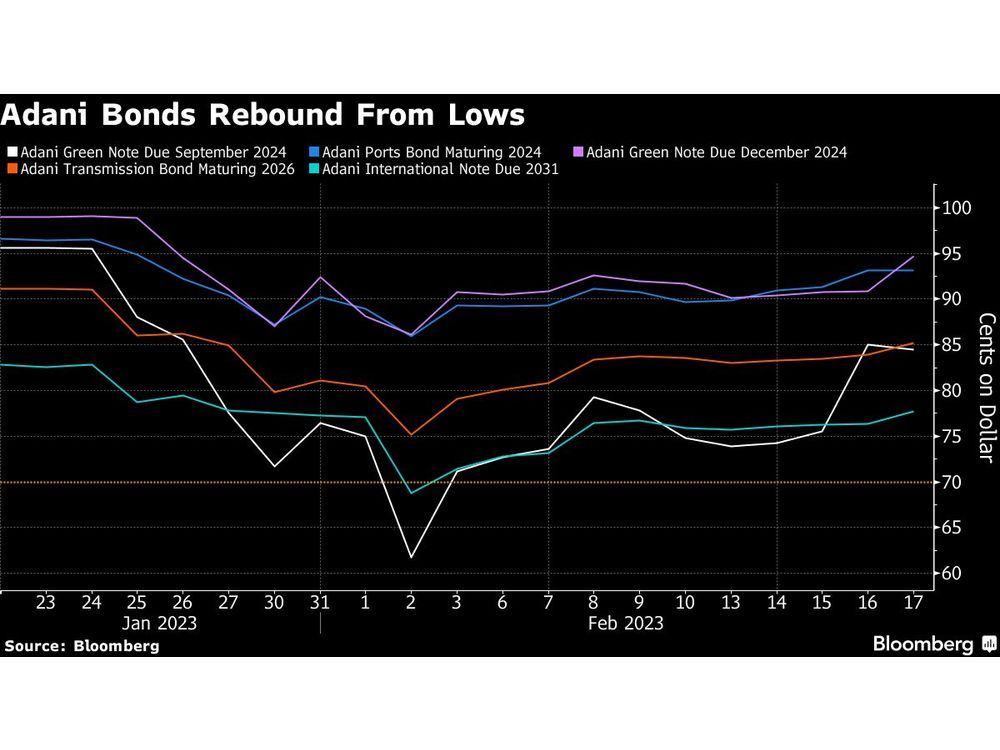Article content
(Bloomberg) — During the days of easy money, one of the most widely tracked numbers in credit markets became an unfortunate punchline.


During the days of easy money, one of the most widely tracked numbers in credit markets became an unfortunate punchline.

(Bloomberg) — During the days of easy money, one of the most widely tracked numbers in credit markets became an unfortunate punchline.
Ebitda, which stands for earnings before interest, taxes, depreciation and amortization — a figure that’s akin to a company’s cash flow and, thus, its ability to pay its debts — was instead mocked as a marketing gimmick. When bankers and private equity firms asked investors to buy a piece of their loans funding buyouts and other transactions, they would layer on so-called add-backs to earnings projections that, to some, defied reason.
“Ebitda: Eventually busted, interesting theory, deeply aspirational,” one Moody’s analyst joked in 2017. Sixth Street Partners co-founder Alan Waxman had a more blunt assessment, warning an audience at a private conference that such “fake Ebitda” threatened to exacerbate the next economic slump.
Now, amid rising interest rates, persistent inflation and warnings of a potential recession on the horizon, research from S&P Global Ratings is underscoring just how far from reality the earnings projections are proving to be.
As Bloomberg’s Diana Li wrote on Friday, 97% of speculative-grade companies that announced acquisitions in 2019 fell short of forecasts in their first year of earnings, according to S&P. For 2018 deals, it was 96% and 93% for 2017 acquisitions. Even after the economy was flooded with fiscal and monetary stimulus after the pandemic, about 77% of buyouts and acquisitions from 2019 were still short of their projected earnings, S&P’s research shows.
The bigger worry is that years of rosy earnings projections is masking the amount of leverage on the balance sheets of the lowest-rated companies. By 2019, before the Covid-19 pandemic sent markets tumbling the following year, add-backs were accounting for about 28% of total adjusted Ebitda figures used to market acquisition loans, Covenant Review data at the time showed. That was up from 17% in 2017.
The S&P analysts this week said the latest data reinforces their view that those Ebitda figures are “not a realistic indication of future Ebitda and that companies consistently overestimate debt repayment.”
“Together, these effects meaningfully underestimate actual future leverage and credit risk,” they wrote.
Elsewhere:
—With assistance from Alice Huang, Bruce Douglas and Diana Li.
(Updates to add chart.)
24World Media does not take any responsibility of the information you see on this page. The content this page contains is from independent third-party content provider. If you have any concerns regarding the content, please free to write us here: contact@24worldmedia.com

A Brief Look at the History of Telematics and Vehicles

Tips for Helping Your Students Learn More Efficiently

How To Diagnose Common Diesel Engine Problems Like a Pro

4 Common Myths About Wildland Firefighting Debunked

Is It Possible To Modernize Off-Grid Living?

4 Advantages of Owning Your Own Dump Truck

5 Characteristics of Truth and Consequences in NM

How To Make Your Wedding More Accessible

Ensure Large-Format Printing Success With These Tips

4 Reasons To Consider an Artificial Lawn

The Importance of Industrial Bearings in Manufacturing

5 Tips for Getting Your First Product Out the Door
Comments
Postmedia is committed to maintaining a lively but civil forum for discussion and encourage all readers to share their views on our articles. Comments may take up to an hour for moderation before appearing on the site. We ask you to keep your comments relevant and respectful. We have enabled email notifications—you will now receive an email if you receive a reply to your comment, there is an update to a comment thread you follow or if a user you follow comments. Visit our Community Guidelines for more information and details on how to adjust your email settings.
Join the Conversation